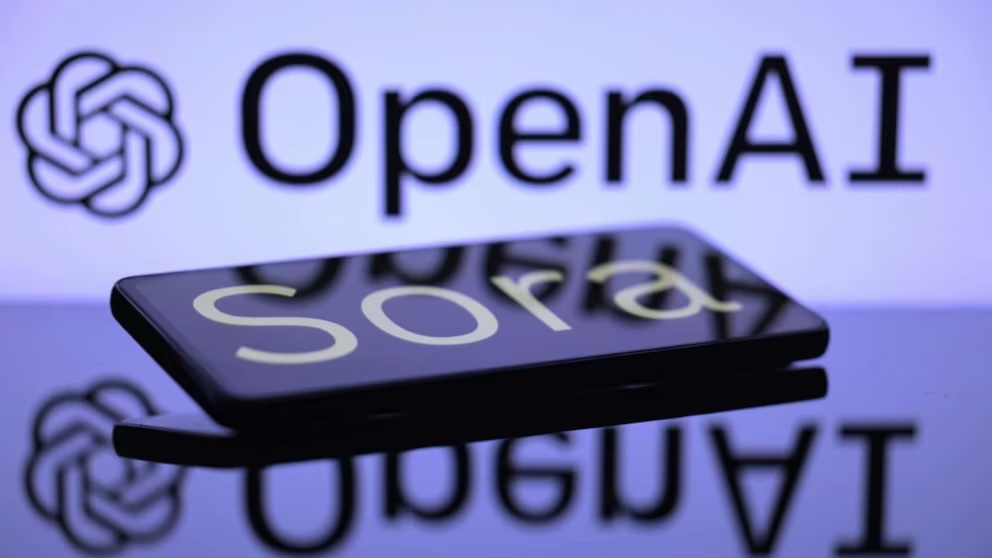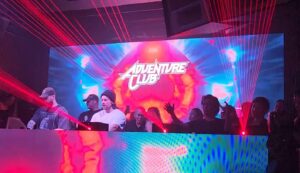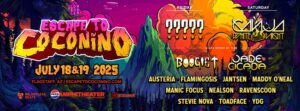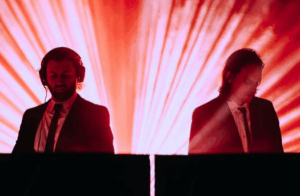At the start of 2024, OpenAI introduced Sora, its generative video model capable of producing realistic videos from text, image, or video editing prompts. This release marked a significant step in the development of AI models that can interact with the physical world, serving as a foundation for technologies designed to understand and replicate aspects of reality.
Now moving into 2025, OpenAI has released its latest version—Sora Turbo—an advanced iteration of the original model. With substantially improved speed and performance, Sora Turbo is now available as a standalone product at sora.com for ChatGPT Plus and Pro users, unlocking even greater creative possibilities across a wide range of industries—including music.
While generative AI has yet to integrate fully into live music settings, advancements in AI technologies could redefine the audience experience and set a new standard for visual innovation. What if artists took Sora a step further, combining live shows with AI video generation to create real-time visuals?
What is Sora?
Sora is OpenAI’s latest video generation model, designed to transform text, image, or video inputs into new, realistic video content. Released publicly earlier this month, Sora operates as a diffusion model—starting with a base video resembling static noise and gradually refining it by removing the noise to produce a coherent, high-quality output.
With the ability to generate high-resolution videos up to 20 seconds long (1080p) and support for multiple formats including widescreen, vertical, and square, Sora builds on OpenAI’s prior advancements in language and visual models such as DALL-E. However, it takes a significant step forward into the realm of multi-frame video generation.
To ensure transparency and authenticity, all Sora-generated video content includes C2PA metadata—which verifies the video’s origin as coming from Sora—and a built-in search tool that leverages technical attributes of generations to verify its source. These safeguards are especially critical with AI-generated content becoming more widely used across creative and professional industries.
By combining elements of language understanding and video generation, Sora can create visuals that closely match the descriptions provided. The program analyzes prompts to understand and interpret the themes, emotions, styles, moods, etc. described by the user. It then generates videos that align with these prompts using deep learning techniques—learning from vast amounts of data. It either creates entirely new videos or enhances parts of existing ones.

Why Use AI For Live Visuals?
AI has the potential to elevate live shows beyond conventional expectations. It can create a more immersive and visually dynamic experience that draws the audience deeper into the music, forges a stronger connection with the artist, and delivers a more memorable visual journey.
Rather than relying solely on prearranged or looping visuals often repeated across multiple shows, integrating a generative video model like Sora could produce continually evolving visuals that adapt to the crowd’s energy, mood, and emotion in real-time as the sets progress. In essence, AI-driven visuals have the power to transform each moment on stage into a more visually stimulating, unique, and one-of-a-kind experience.
How Can It Be Implemented?
The actual implementation of Sora for creating live visuals during an artist’s set would require several key steps and considerations, including prompt preparation, real-time prompt adjustment, visual software integration, and a user interface for live control.
Simply put, this would mean developing a set of carefully crafted inputs that elicit specific emotions, moods, or imagery aligned with the artist’s overall vision for the show. These inputs would ensure that AI-generated visuals can evolve and respond directly to the crowd’s energy, the musical progression, or any spontaneous direction the artist decides to take.
Equally important would be integrating Sora’s outputs into existing visual mixing platforms. These specialized software tools—often used by Visual Jockeys (VJs)—would allow AI-generated videos to be mixed, layered, and manipulated alongside additional visual elements such as pre-recorded clips or live camera feeds of the crowd.
To pull this off seamlessly, a dedicated user interface is vital. It would enable easy, intuitive control over prompts and visuals, allowing the artist or VJ to instantly switch between different AI-generated video scenes, adjust brightness, apply color filters, and coordinate transitions that perfectly align with crowd reactions and the overall flow of the show.
Challenges and Future Possibilities
While some challenges will need to be addressed—such as ethical considerations around copyright and originality, as well as the substantial computational resources required—the future of AI-generated visuals in live shows remains both promising and exciting.
Advancements in future versions of Sora and other AI video generation technologies could help overcome these limitations, delivering faster processing speeds for real-time visual generation and more intuitive interfaces that empower artists on stage while captivating those in the audience in entirely new ways.
It also marks an exciting shift in the ways artists can create more immersive visual experiences to elevate their live shows with the help of AI. It offers a glimpse into a future where live music and AI-driven visuals work together to deliver moments and memories that are both unpredictable and unforgettable. I predict that we will see this brought to life on stage in the near future.
Until then, explore Sora with your Plus or Pro account and stay updated on all things OpenAI by connecting through the social links below.













